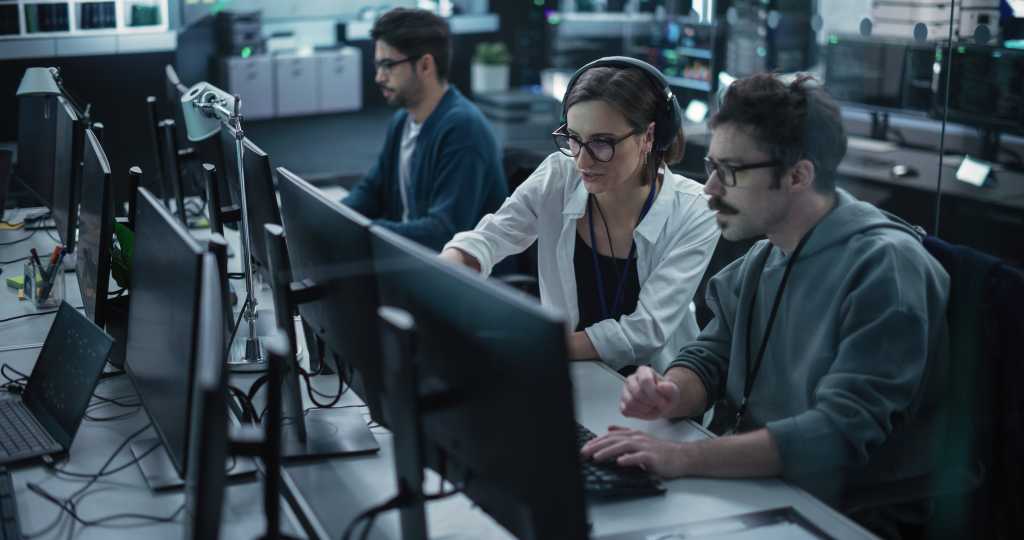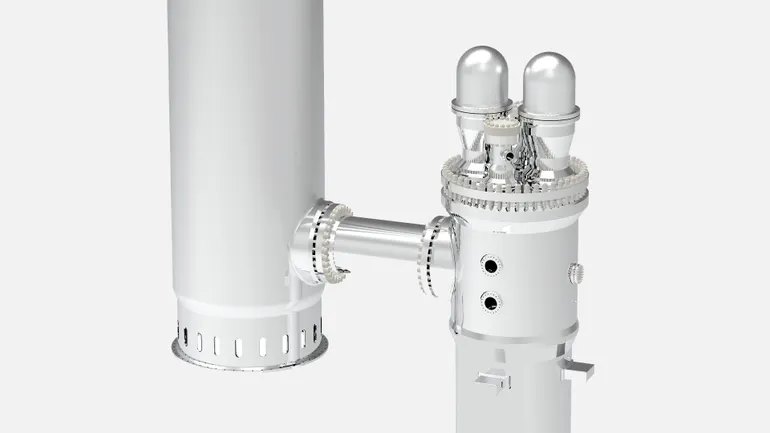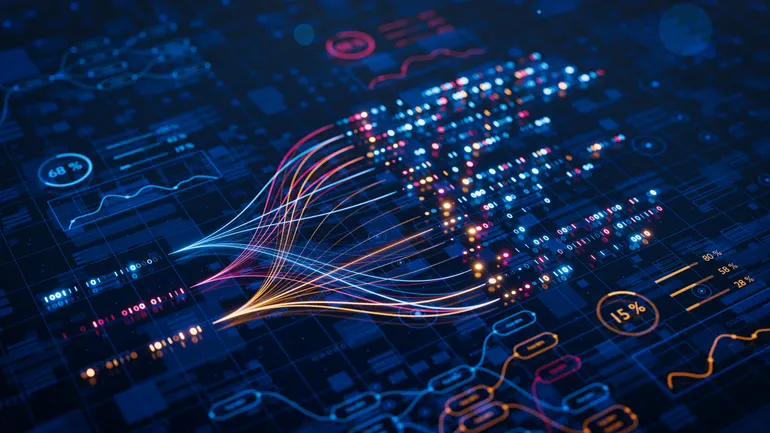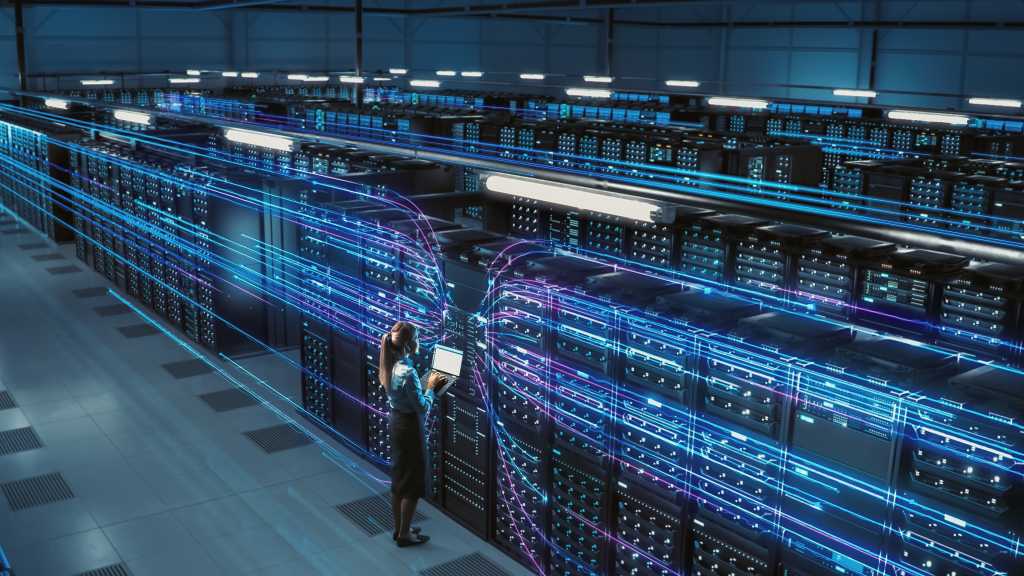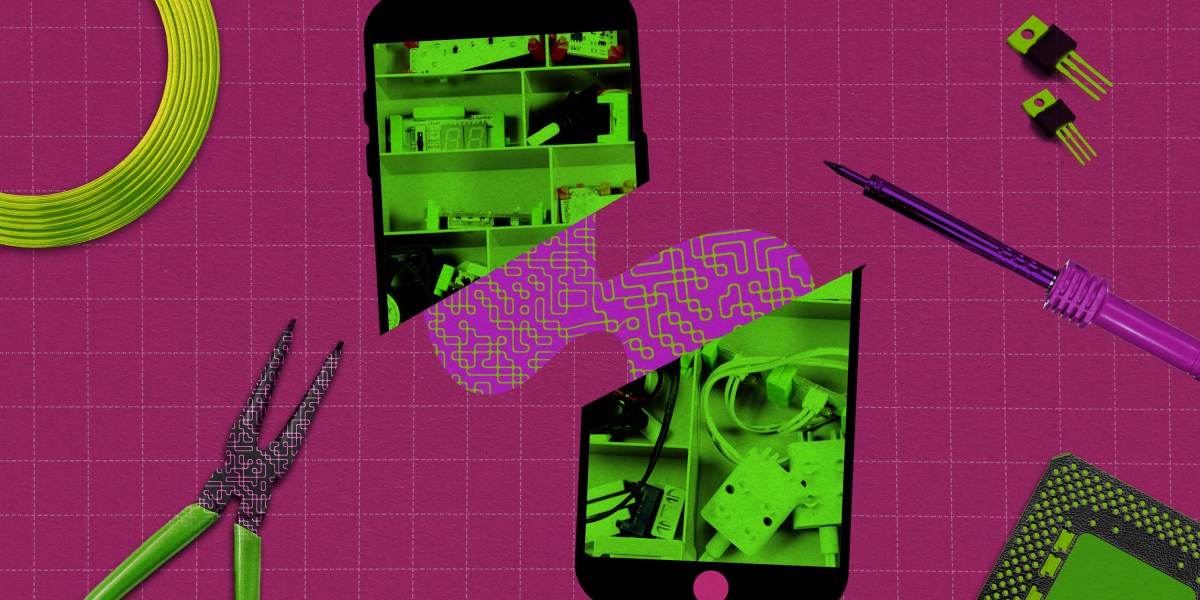
When OpenAI acquired Io to create “the coolest piece of tech that the world will have ever seen,” it confirmed what industry experts have long been saying: Hardware is the new frontier for AI. AI will no longer just be an abstract thing in the cloud far away. It’s coming for our homes, our rooms, our beds, our bodies.
That should worry us.
Once again, the future of technology is being engineered in secret by a handful of people and delivered to the rest of us as a sealed, seamless, perfect device. When technology is designed in secrecy and sold to us as a black box, we are reduced to consumers. We wait for updates. We adapt to features. We don’t shape the tools; they shape us.
This is a problem. And not just for tinkerers and technologists, but for all of us.
We are living through a crisis of disempowerment. Children are more anxious than ever; the former US surgeon general described a loneliness epidemic; people are increasingly worried about AI eroding education. The beautiful devices we use have been correlated with many of these trends. Now AI—arguably the most powerful technology of our era—is moving off the screen and into physical space.
The timing is not a coincidence. Hardware is having a renaissance. Every major tech company is investing in physical interfaces for AI. Startups are raising capital to build robots, glasses, wearables that are going to track our every move. The form factor of AI is the next battlefield. Do we really want our future mediated entirely through interfaces we can’t open, code we can’t see, and decisions we can’t influence?
This moment creates an existential opening, a chance to do things differently. Because away from the self-centeredness of Silicon Valley, a quiet, grounded sense of resistance is reactivating. I’m calling it the revenge of the makers.
In 2007, as the iPhone emerged, the maker movement was taking shape. This subculture advocates for learning-through-making in social environments like hackerspaces and libraries. DIY and open hardware enthusiasts gathered in person at Maker Faires—large events where people of all ages tinkered and shared their inventions in 3D printing, robotics, electronics, and more. Motivated by fun, self-fulfillment, and shared learning, the movement birthed companies like MakerBot, Raspberry Pi, Arduino, and (my own education startup) littleBits from garages and kitchen tables. I myself wanted to challenge the notion that technology had to be intimidating or inaccessible, creating modular electronic building blocks designed to put the power of invention in the hands of everyone.
By definition, the maker movement is humble and it is consistent. Makers do not believe in the cult of individual genius; we believe in collective genius. We believe that creativity is universally distributed (not exclusively bestowed), that inventing is better together, and that we should make open products so people can observe, learn, and create—basically, the polar opposite of what Jony Ive and Sam Altman are building.
But over time, the momentum faded. The movement was dismissed by the tech and investment industry as niche and hobbyist, and starting in 2018, pressures on the hardware venture market (followed by covid) made people retreat from social spaces to spend more time behind screens.
Now it’s mounting a powerful second act, joined by a wave of AI open-source enthusiasts. This time around the stakes are higher, and we need to give it the support it never had.
In 2024 the AI leader Hugging Face developed an open-source platform for AI robots, which already has 3,500+ robot data sets and draws thousands of participants from every continent to join giant hackathons. Raspberry Pi went public on the London Stock Exchange for $700 million. After a hiatus, Maker Faire came back; the most recent one had nearly 30,000 attendees, with kinetic sculptures, flaming octopuses, and DIY robot bands, and this year there will be over 100 Maker Faires around the world. Just last week, DIY.org relaunched its app. In March, my friend Roya Mahboob, founder of the Afghan Girls Robotics Team, released a movie about the team to incredible reviews. People love the idea that making is the ultimate form of human empowerment and expression. All the while, a core set of people have continued influencing millions through maker organizations like FabLabs and Adafruit.
Studies show that hands-on creativity reduces anxiety, combats loneliness, and boosts cognitive function. The act of making grounds us, connects us to others, and reminds us that we are capable of shaping the world with our own hands.
I’m not proposing to reject AI hardware but to reject the idea that innovation must be proprietary, elite, and closed. I’m proposing to fund and build the open alternative. That means putting our investment, time, and purchases towards robot built in community labs, AI models trained in the open, tools made transparent and hackable. That world isn’t just more inclusive—it’s more innovative. It’s also more fun.
This is not nostalgia. This is about fighting for the kind of future we want: A future of openness and joy, not of conformity and consumption. One where technology invites participation, not passivity. Where children grow up not just knowing how to swipe, but how to build. Where creativity is a shared endeavor, not the mythical province of lone geniuses in glass towers.
In his Io announcement video, Altman said, “We are literally on the brink of a new generation of technology that can make us our better selves.” It reminded me of the movie Mountainhead, where four tech moguls tell themselves they are saving the world while the world is burning. I don’t think the iPhone made us our better selves. In fact, you’ve never seen me run faster than when I’m trying to snatch an iPhone out of my three-year-old’s hands.
So yes, I’m watching what Sam Altman and Jony Ive will unveil. But I’m far more excited by what’s happening in basements, in classrooms, on workbenches. Because the real iPhone moment isn’t a new product we wait for. It’s the moment you realize you can build it yourself. And best of all? You can’t doomscroll when you’re holding a soldering iron.
Ayah Bdeir is a leader in the maker movement, a champion of open source AI, and founder of littleBits, the hardware platform that teaches STEAM to kids through hands-on invention. A graduate of the MIT Media Lab, she was selected as one of the BBC’s 100 Most Influential Women, and her inventions have been acquired by the Museum of Modern Art.


